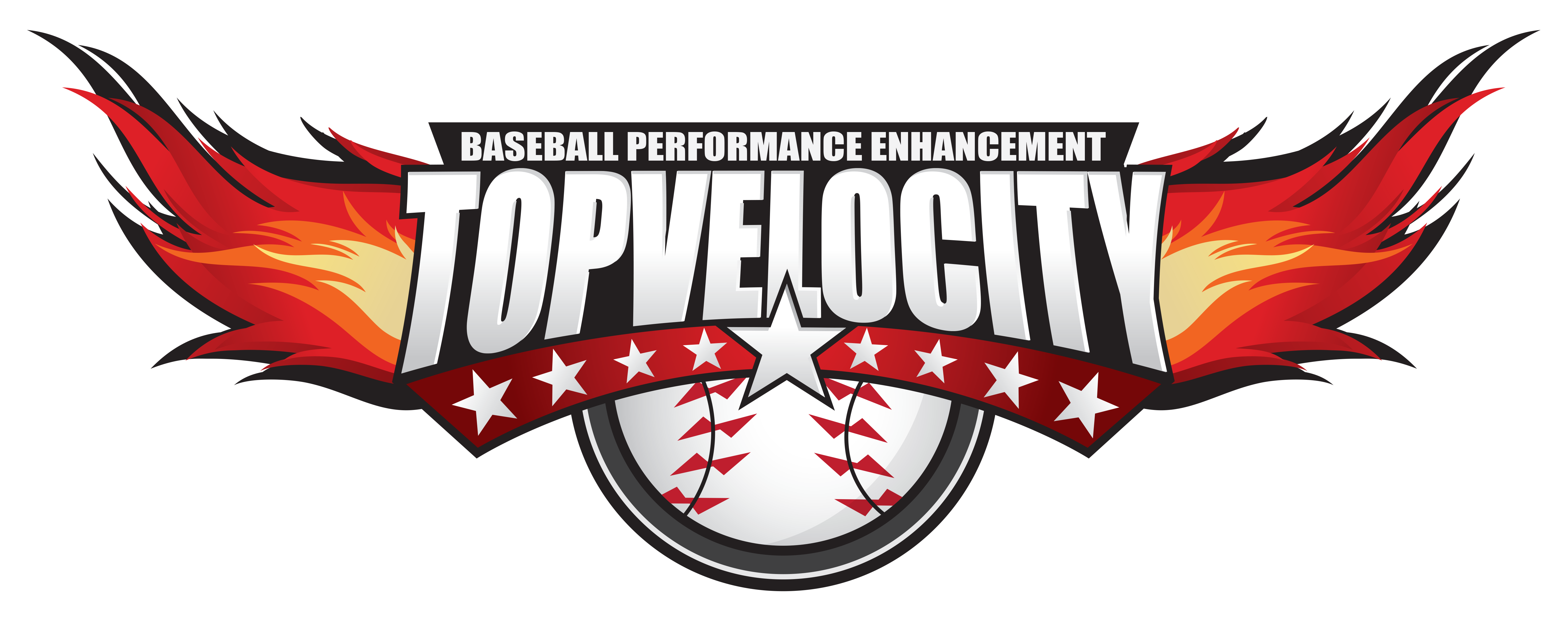Is there some ITF teaching protocol favoring the pinpoint stance? A dad I know has a daughter and the coach is trying to move her, age 15 with a sectional ranking in top 15, off the platform to pinpoint using Sharapova as a model. Sounds crazy but he claims he is following an established ITF protocol.
Any info or thoughts?
Any info or thoughts?





Comment